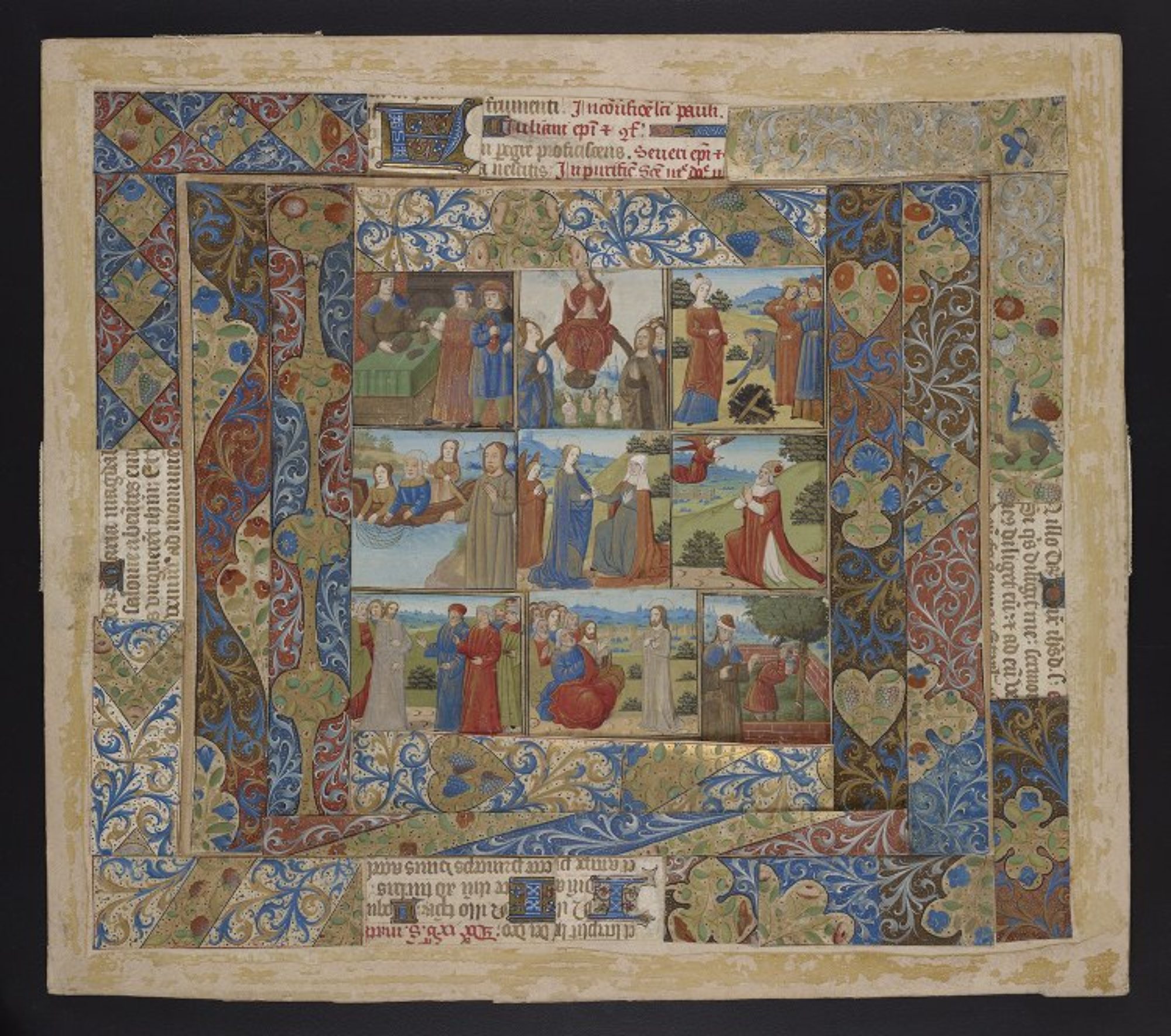Doug and I have been working on the generalized BookReader javascript file, and I am almost ready to update all the Walters manuscripts. There is just one bug that is causing all the 1-up images to display teeny-tiny, instead of fitting to the height of the browser window. But once that is taken care of I’ll generate the new javascript files (I have an XSLT ready to go now) and get those up right quick.
The javascript has been updated to pull everything it needs to function from the TEI manuscript description file, except for the name of the msDesc file itself. That is the only bit that needs to be hard-coded into the javascript – everything else gets grabbed from that file. This includes:
- The manuscript’s id number (tei:idno) and siglum (which is the idno with the “.” removed – W.4 becomes W4). Both of these are needed at several different points in the javascript. In an earlier post I was pleased with myself for figuring out how to grab the siglum from the name of the TEI file, which takes a few steps and is a bit complicated. I’m glad that I figured out how to do that, but using the idno for this purpose is much more elegant.
- The number of leaves in the manuscript. This is required by the BookReader. In the context of the Walters collection, it doesn’t make sense to just grab the number of <surface> elements in <facsimile> (which is what I did the first time), because there are images of the fore-edge, tail, spine, head, and in some cases where the bindings have flaps, an image of the flap closed. We removed those images from the group (although important, they would not make sense within the context of a page-turning version of the manuscript) and then counted the number of images remaining.
- The title of the manuscript: title[@type=’common’]. The Walters manuscripts have several different titles, but for the purpose of the BookReader – the title to display at the top of the main window – the common title made the most sense.
- The height and width of the page images. The first version of the BookReader hard-coded these numbers in, so the best I could do was to use measurements from an example page and hope that the other images in the manuscript weren’t too much different. However, I know that the images are frequently different sizes. So being able to pull the measurements for each individual page image is very useful.
- Finally, we were able to use the information about the language of the manuscript (textLang/@mainLang) to determine whether a manuscript should display right-to-left or left-to-right. Doug figured out how to modify the javascript to allow right-to-left page-turning, and I figured out how to grab that information from the TEI file. We were both pretty tickled about this one! Given that many, if not most, of the Digital Walters manuscripts are non-Western, having a right-to-left display is really important functionality.
So, updates to the manuscripts are coming very soon. Once they are up I will (finally) publish a post that explains the workflow in more detail and includes all the files and documentation one would need to create their own Digital Walters BookReaders, or to do the same kind of thing with their own materials.
